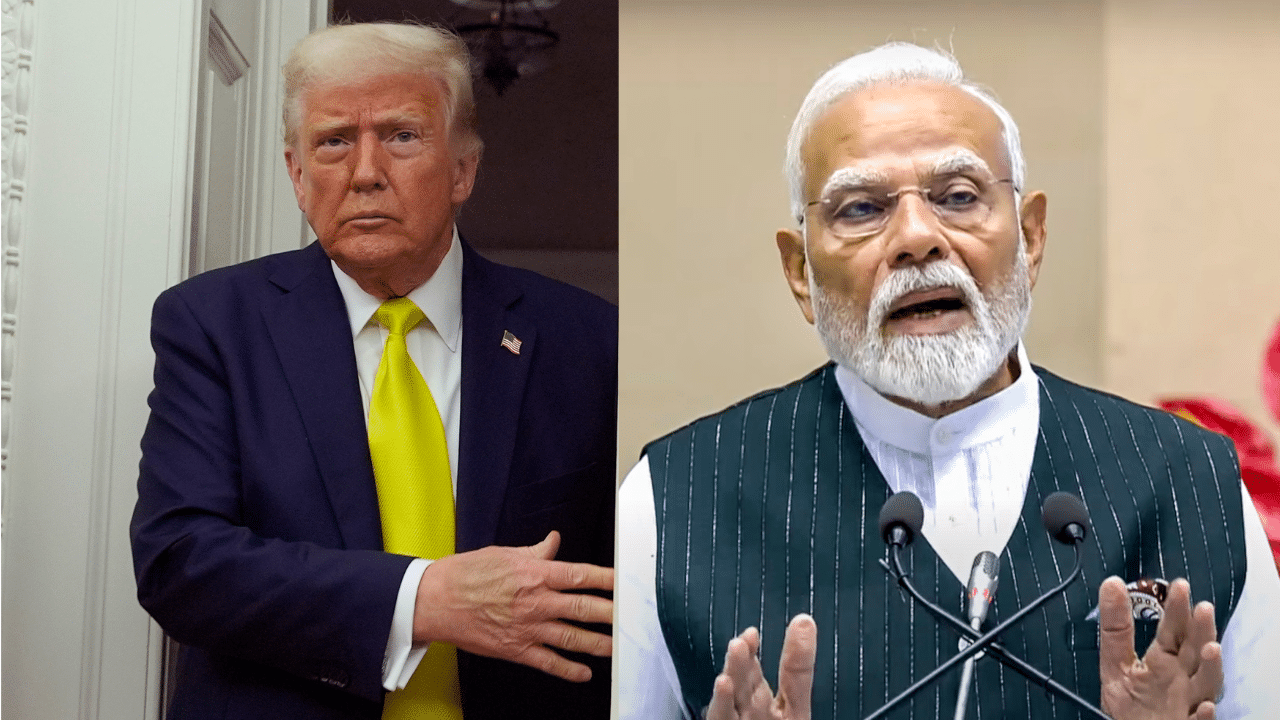Never waste a good crisis. I am not entirely sure who said it (no, it wasn’t Winston Churchill), but this has to be most sagacious advice ever. And it looks like the time has come for India to heed it.
There has been much outrage in India over US President Donald Trump’s sudden and unilateral imposition of 25% tariff on Indian exports (plus an unspecified Russia friendship tax). Most of the outrage is due to a sense of betrayal. After all, India was meant to be an important ally in America’s China containment strategy. Equally populous country, largest democracy, etc.
As a result, an entire nation is busy scratching its head to figure out just how much damage will this move inflict on India’s growth. We’ll come to that in a bit. Meanwhile, let’s consider an interesting question that a clever colleague of mine asked: If President Trump’s issue is with India’s trade surplus, why not just agree to buy more goods from the US to offset the surplus?
I am sure this would appeal to President Trump. He would certainly like to sell more energy, more defence equipment and produce to India. But for India, it would be a poor trade deal. Let me explain why.
Because It’s ‘Free’ Trade
First of all, this doesn’t make good economics. As any savvy shopper will tell you, it always makes sense to buy the best possible good at the best possible price. If India were to agree to buy from the US goods that it could buy cheaper elsewhere, it would be wasting precious capital. The money that India could have otherwise saved will be spent encouraging inefficiencies of US producers. (When a government lines up buyers for producers at gunpoint, they have little incentive to be competitive and efficient.)
That means money which could have built schools, hospitals, roads or power plants in India will get shipped to the US. The Indian currency will also depreciate because it is now chasing more US dollars needed to buy all the additional goods. It’s an unhealthy economic spiral from thereon, with direct impact on inflation and our poverty levels.
Besides, there is a moral hazard in such capitulation. Once the larger trading partner sees its opponent agreeing to getting arm twisted, then there will be no end to demands. It’s how the bully mentality works.
The Bright Side to a Crisis
But surely, higher import duties on Indian goods will make them less competitive, hurt our exports, lead to job losses, and slower economic growth. Right? In the short term, yes. As per some estimates, if the 25% tariffs stay, then India’s GDP could be hit by less than half a percentage point—at $87 billion, India’s merchandise exports to the US constitute about 2% of the GDP. In the long term, it could actually help make the Indian economy more competitive.
How? The first thing that Indian exporters affected by the higher tariffs will do is to look for ways to reduce their costs—by weeding out inefficiencies and improving productivity. They will have to source raw materials better, design for manufacture better, eke more out of their workers, become energy and water efficient, and find new global customers. It’s a favour they will be doing to themselves as they start discovering better ways of doing just about everything. Now, imagine this need—this mindset—spreading across industry. The results will be stunning. A nation transformed.
But—and there always is one—for this to come true the government must seize the moment, too. It must end red tape, decimate corruption, build world-class infrastructure, develop skilled labour at war footing…do everything that is needed to fuel this transformation. Because without that—the ease of doing business—the crisis will only overwhelm our exporters. As China has shown, global competitiveness doesn’t come without focused policy making.
In India’s federal structure, states are actually the ones that determine the day-to-day lives of people and competitiveness of producers. Therefore, it is essential that this crisis galvanizes state-centre cooperation. If political differences continue to stand in the way of India effecting ground-level regulatory and infrastructure changes, then we’ll have no one else but ourselves to blame.
Remember, it’s not President Trump’s job to look after the well-being of Indians. It is our own.
